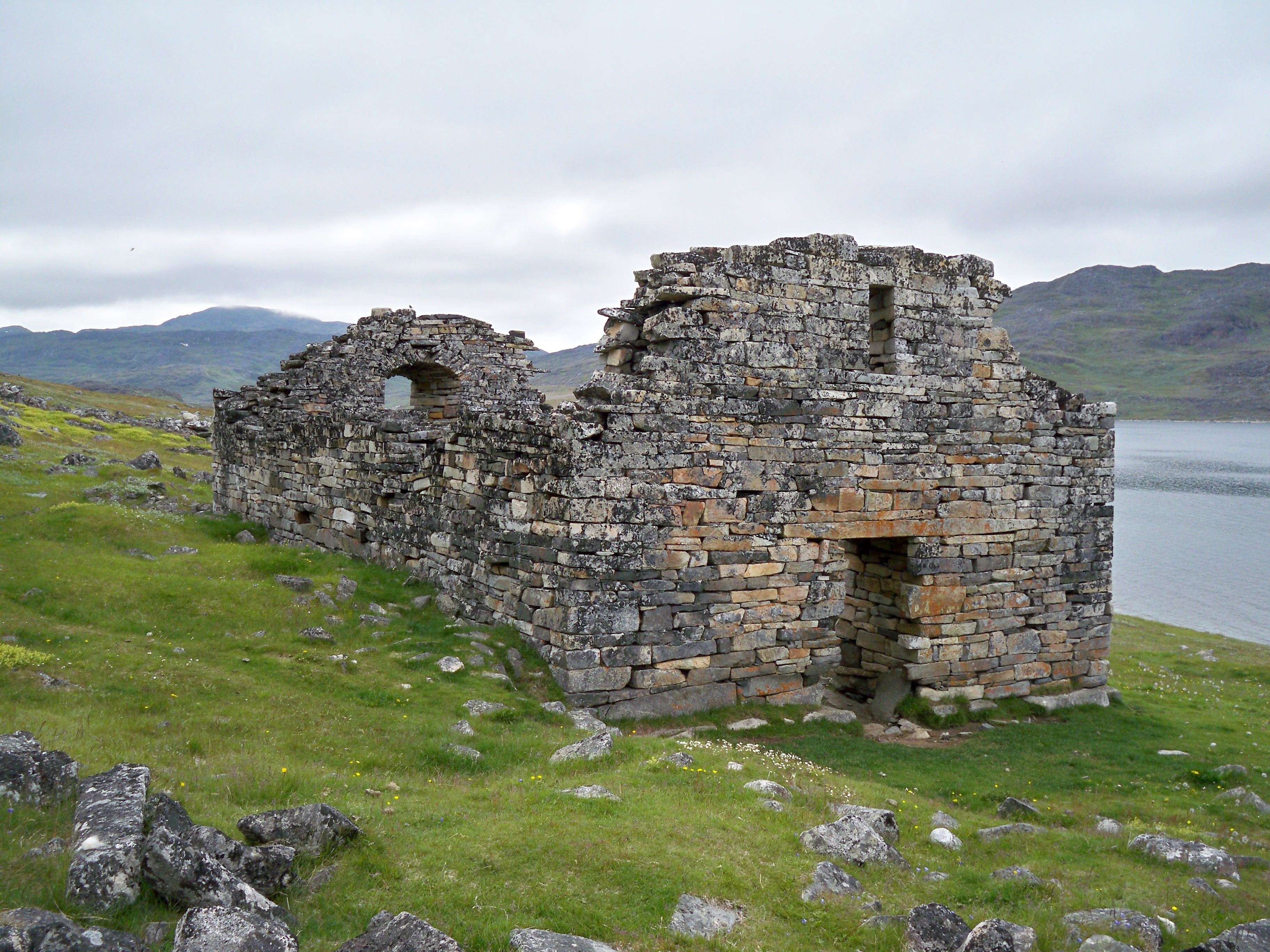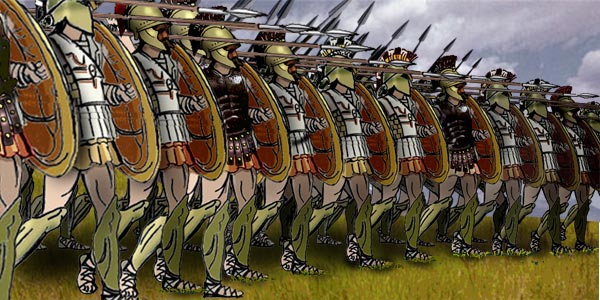Norsemen spread across the north Atlantic, colonizing areas across regions such as Iceland, Greenland, and exploring north America. For hundreds of years, viking settlers scratched out a living on these difficult terrains, a testament to their hardened lives. Ultimately though, the settlements in Greenland failed as the vikings were unable to survive the harsh climate and conditions. Yet, another group survived the same conditions, in the same region at the same time. The Inuit. In his book, Collapse: How Societies Choose to Fail or Succeed*, Jared Diamond explains why the lesser known Inuit survived, while the infamous Vikings perished.
One of the contributing factors why the Inuit succeeded while the Vikings failed was not a difference in skills, but a difference of priorities. After converting to Christianity around A.D. 1000, Norse settlers (notably the ruling class and resident bishops) wanted to maintain a similar hierarchy and lifestyle to those they enjoyed in Europe. This included a taste for beef over seal meat, large church bells over steel tools and equipment, and stained glass windows over food supplies and other goods necessary to survive.
Because of the poor soil conditions in Greenland, cattle destroyed grazing lands and left it depleted and unsuitable for grazing or farming. Steel was in short supply and had to be imported, and because of the difficulty and length of the voyage, cargo weight was a premium. Religious artifacts often took the place of tools and equipment that would have been used for survival. Harsh winters often created food shortages leading to starvation and without imported food supplies, there was often too little to keep their communities alive, yet valuable trade goods were used to purchase stained glass windows instead of food.
Living so close to the edge in such an inhospitable regions forces individuals to prioritize in a way that others would not find necessary. The upper class vikings simply would not compromise, effectively choosing non-necessary items instead of survival. They effectively slit their own throats with luxury.
Their are similar examples of this repeated throughout history, and compared to an economic principle made popular by Garret Hardin which he referred to as "The Tragedy of the Commons" in a 1968 article in Science. While Hardin's article brought the term into the mainstream, it was not new to the world itself. It had been written about in 1832 by Oxford economist William Forster Lloyd while discussing the degradation of land in common grazing areas throughout England. Prior to that, Aristotle wrote "for that which is common to the greatest number has the least care bestowed upon it. Every one thinks chiefly of his own, hardly at all of the common interest" (Politics 2.3).
The Tragedy of the Commons works like this:
A single person will most likely do what is in their best interest.
What is in a single person's best interest is not in the best interest of all people.
Because it is not in the best interest of ALL people, it is not in the best interest of a SINGLE person
In this sense, the ecclesiastic leaders and wealthy class of Norse settlers in Greenland were doing what was best for them and their comfort but not what was in the best interest of the colony. What harmed the colony, harmed it's leaders despite their appearance of wealth. What was a profitable situation for a few became a net loss for the whole. Eventually, the bottom line caught up with each individual, regardless of status.
In his 1961 inaugural address, President John. F. Kennedy famously said "ask now what your country can do for you, but what you can do for your country." Reinterpreted, he said, "do what is best for all, because that is ultimately best for you." It is a call to action to prioritize the greater good and interest of all people, which in turn, benefits every single person. Had the bishop of Greenland focused on good of all people, he would have increased his own chance for survival at the cost of some individual luxuries.
The epitome of this mentality was the battle of Thermopylae, where a small force of Spartans held off the much larger Persian army for several days, with each Spartan warrior fighting to the death. This battle has become the standard of a group that sacrifices their own lives for the greater good of their nation. While it is debatable whether the small Spartan force drastically altered the course of the war, they have become immortalized in history for willingness to sacrifice themselves for the good of their country.
The term spartan today means going without luxury or comforts. It is emblematic of self-discipline in the name of a larger interest. Spartan values were a shifting of priorities away from the excess of a few to meet the needs of the many. It was an answer to the Tragedy of the Commons, a lower standard of luxury for the individual but a positive net gain for the group, which is a more profitable long-term situation for the individuals contained. It is the difference between a spartan success and a luxurious disaster.
*Diamond, Jared. Collapse: How Societies Choose To Fail Or Succeed. Viking Penguin. 2005.



Add to your examples the idea of "herd immunity". It's my biggest argument FOR vaccination. In my classes we watched a fascinating documentary produced by a high school called, "Invisible Threat". They do a great job of showing how vaccines are not just about personal health and safety but about the moral obligation to protect those who cannot vaccinate for age or health related reasons. But herd immunity only protects those at risk if the population is around 95% protected. The more people who choose not to vaccinate out of fear and misinformation put everyone at risk.
ReplyDeleteTragedy of Commons is similar if not identical to pack structure in the animal kingdom. A female lion helps raise other females young and hunts larger prey as a group because it's actually better for long term (genetic) survival to help the entire pride rather than just themselves. I could describe numerous other natural examples.
Yay. Science. Interesting how the "most advanced species on Earth" ignores actions that serve both their own AND group best interests.
-Allison
I would say that it might be because human beings have yet to feel the pinch of an ecosystem collapsing in on them and being "forced" to adjust. In the animal kingdom, it happens naturally, but as human beings, we just find a way around it (and a new problem). Once again as the species most capable of adapting, we often choose not to.
Delete